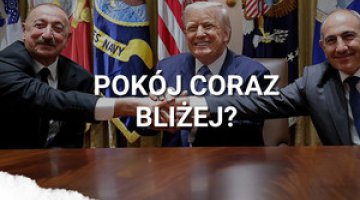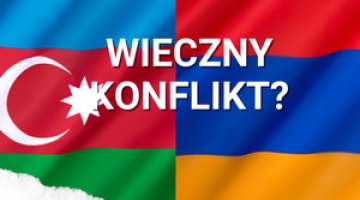Analyses
Karabakh: ‘diplomacy’ by force
On 31 August and 4 September, Azerbaijan fired shots at and made sorties towards the forces of the self-proclaimed Republic of Nagorno-Karabakh. The limited character of the clashes and the personnel losses, which were mainly borne by Azerbaijan, seem to be part of a political offensive by Baku aimed at publicising the Karabakh conflict and showing its determination in attempts to regain control over the separatist republic.
In the exchanges of fire and the military sorties, which Azerbaijan most probably initiated, between two and seven Azeri soldiers and one or two Armenians are reported to have died. Although exchanges of fire in the conflict zone regularly occur, from Baku’s perspective these actions were intended to demonstrate Azerbaijan’s determination in its struggle to regain control over Karabakh, and recall the ongoing tension in the conflict region. The main audiences for this demonstration were the Republic of Nagorno-Karabakh (which has been celebrating the anniversary of its ‘independence’), Russia (which at the end of August deepened its military co-operation with Armenia; also, on 2-3 September President Dmitri Medvedev visited Baku), which is directing the peace process of the OSCE’s Minsk Group (on 6-9 September its representatives will hold talks in Baku, Stepanakert and Yerevan), but also the EU (on 5-7 September the EU’s special representative to the Caucasus, Peter Semneby, will visit Baku). At the same time (on 9 September), the UN’s General Assembly will consider a plan for a resolution announced by Azerbaijan on resolving the conflict; a further round of peace negotiations is also planned for September. The intensification of political attempts to resolve the Karabakh conflict may be accompanied by further tension in the region. <ks>





